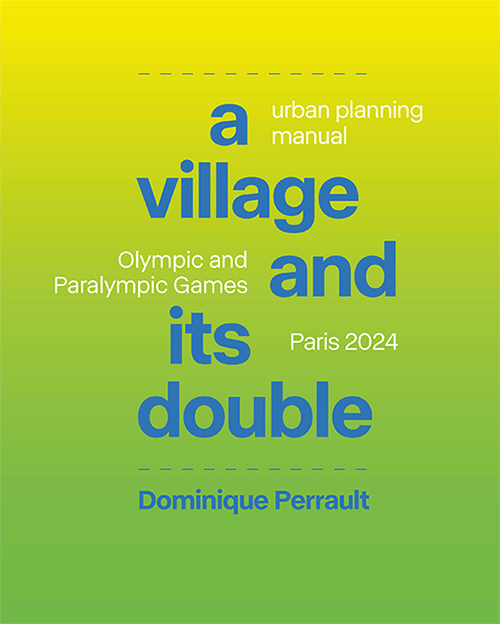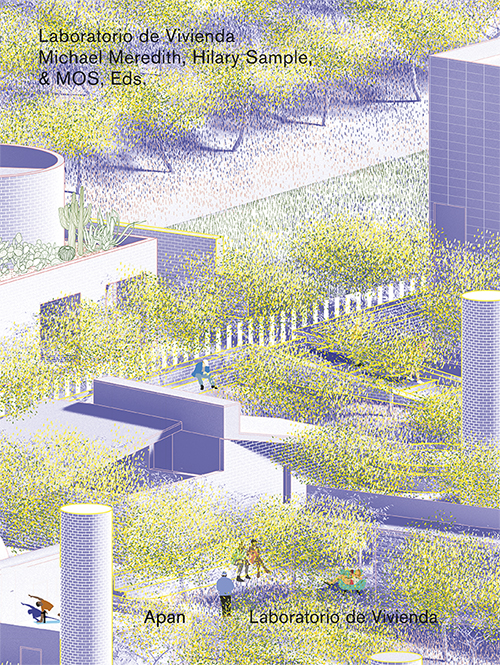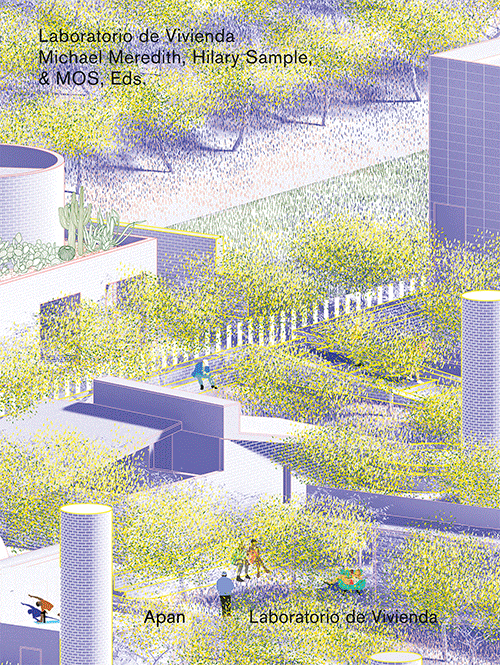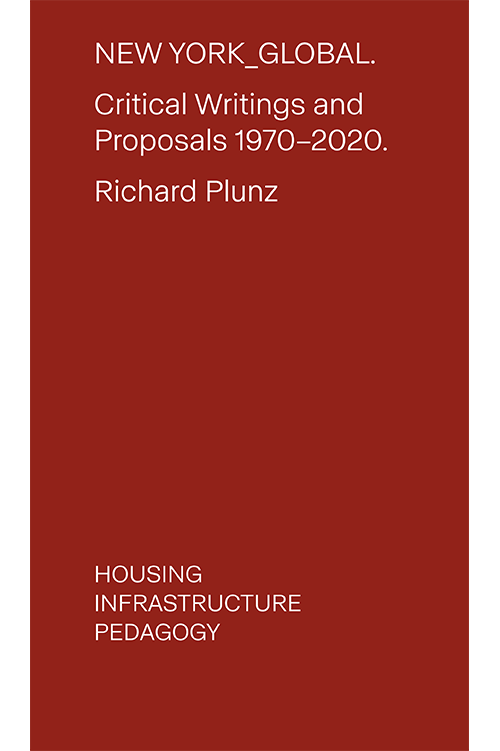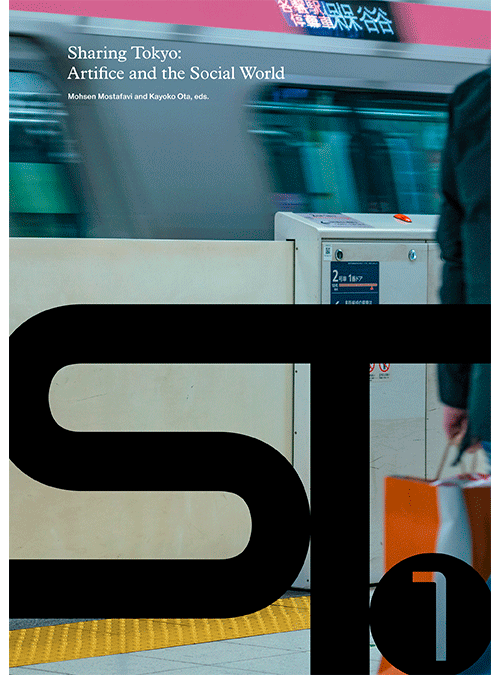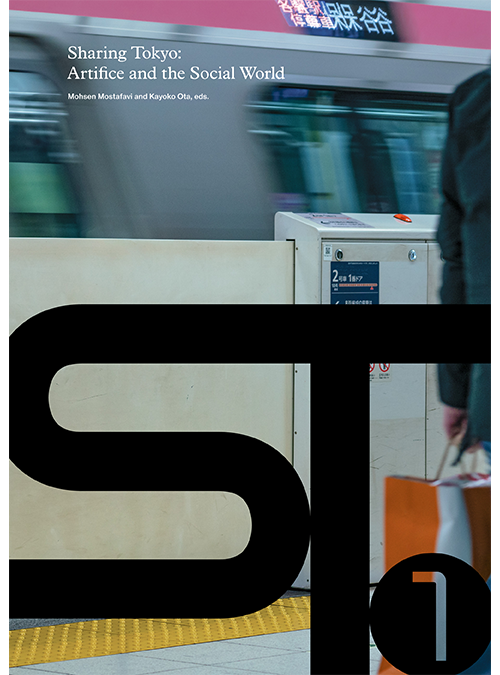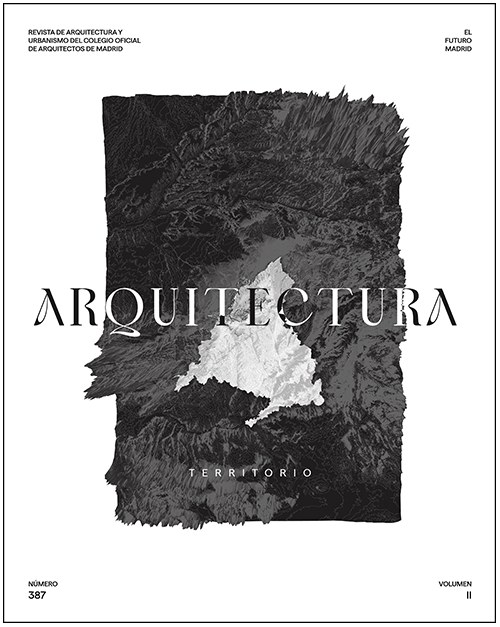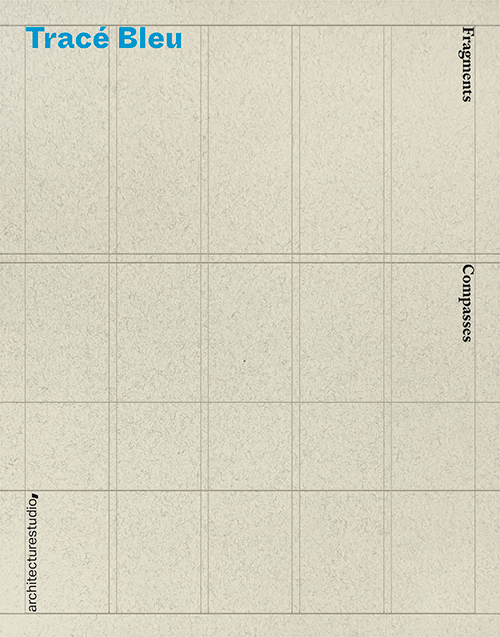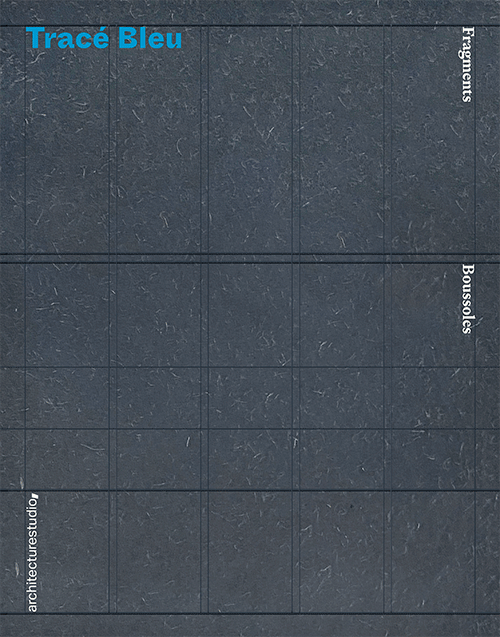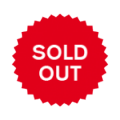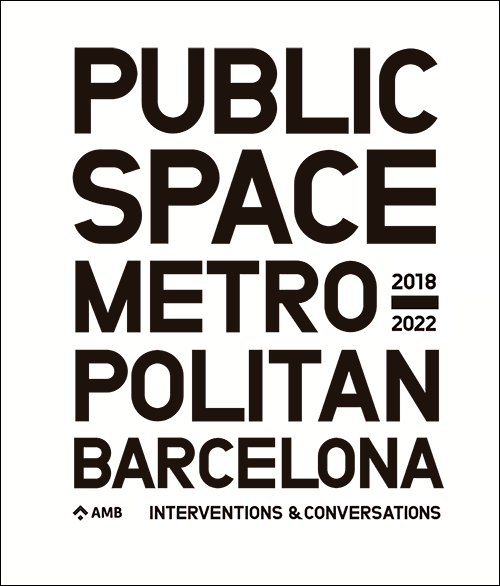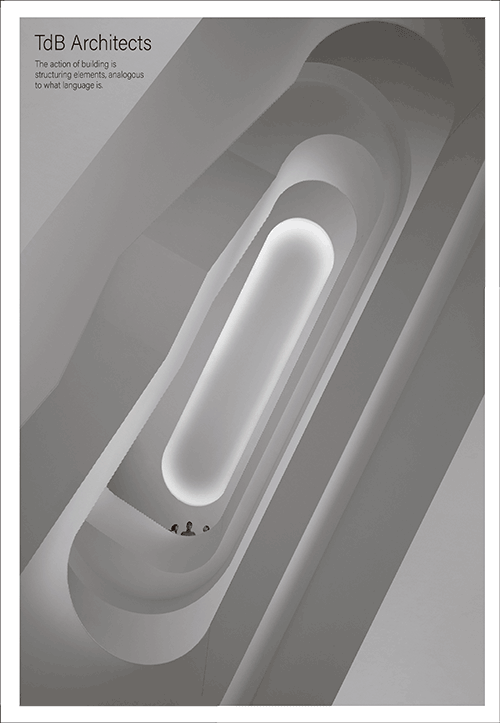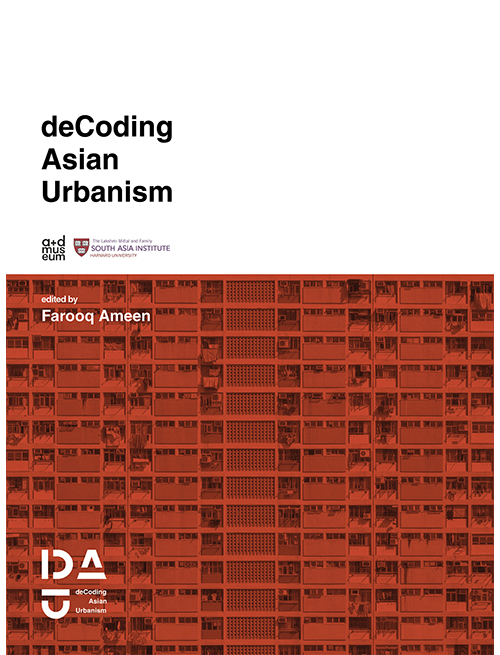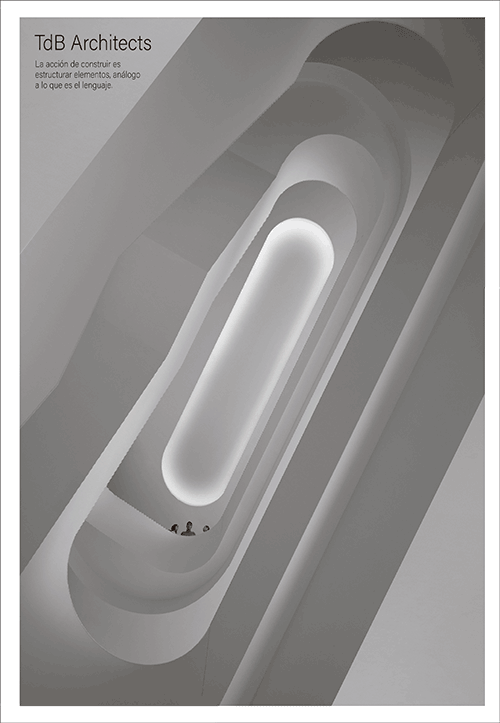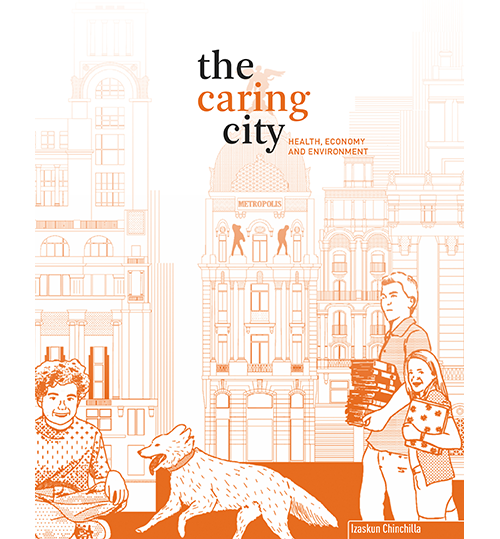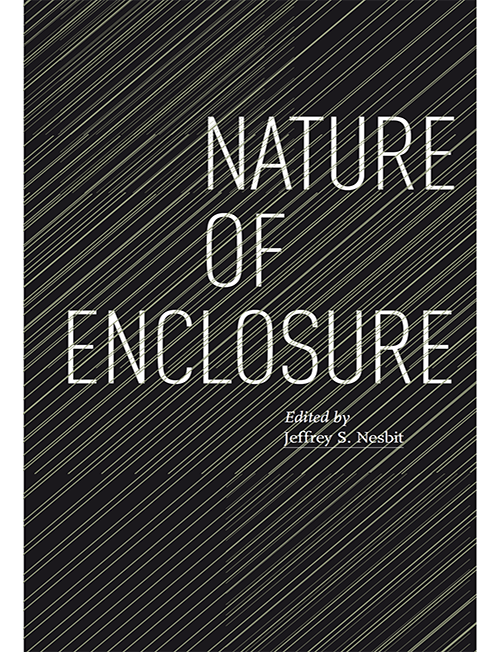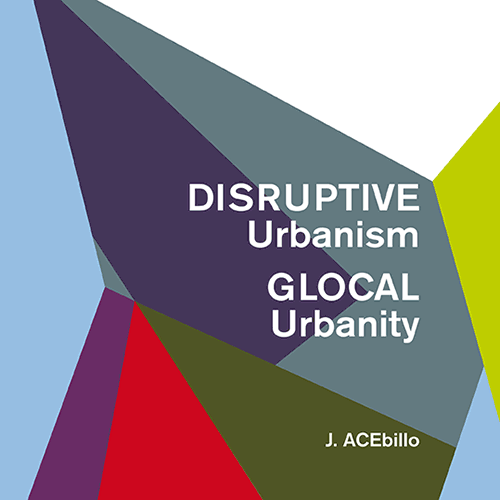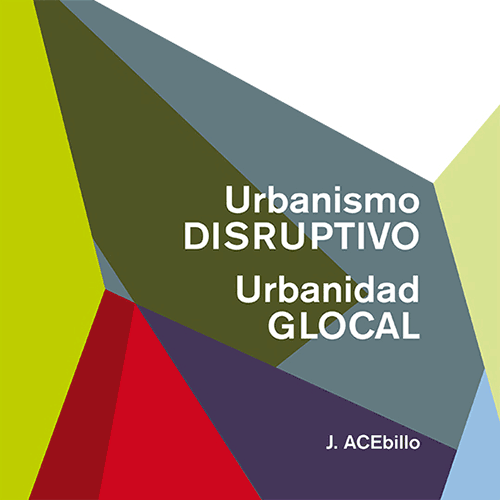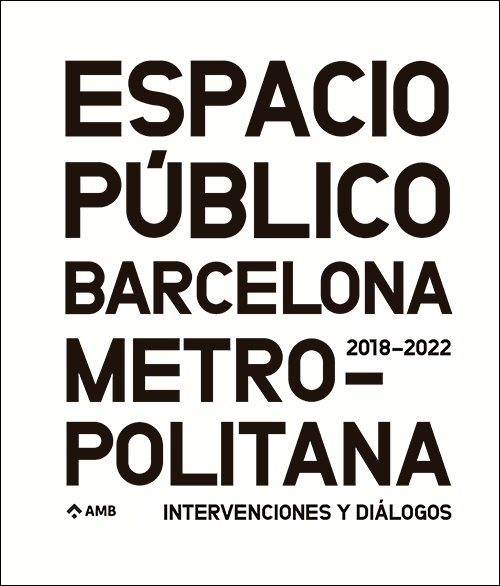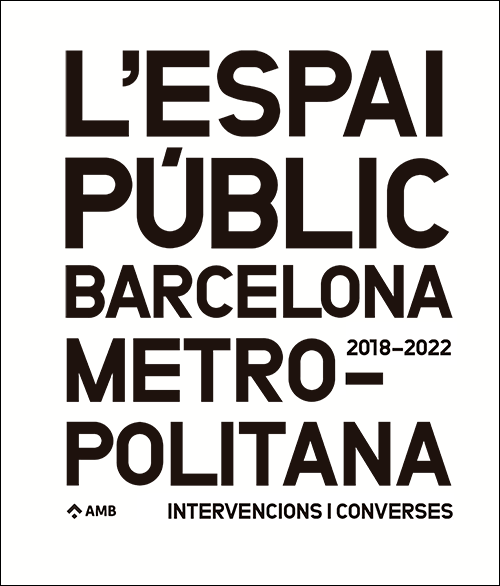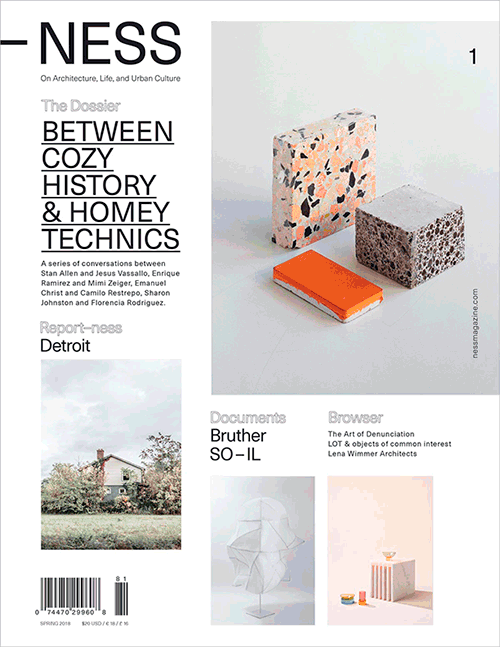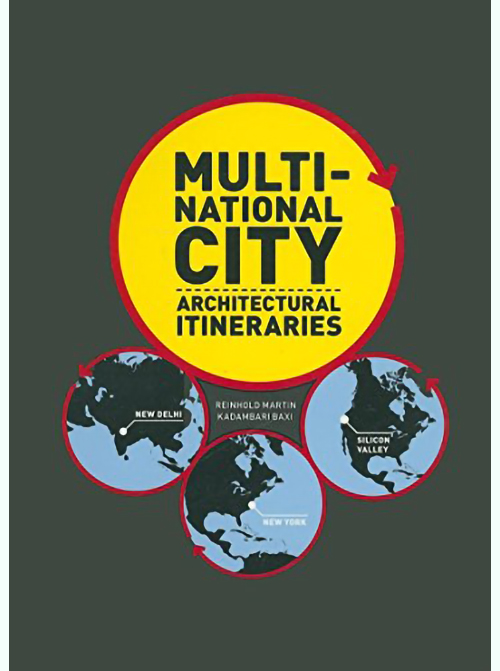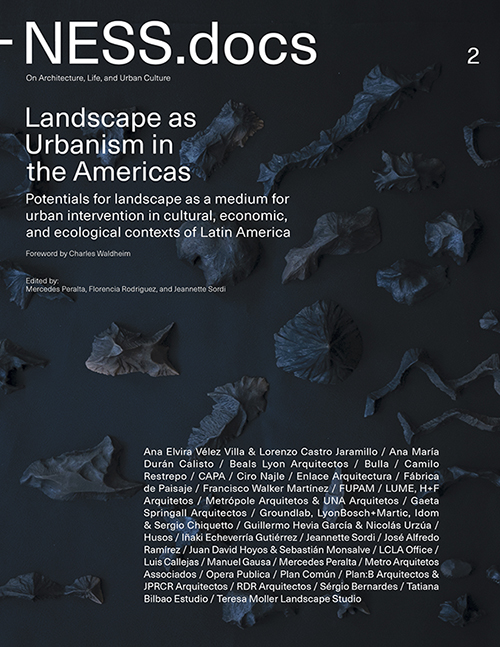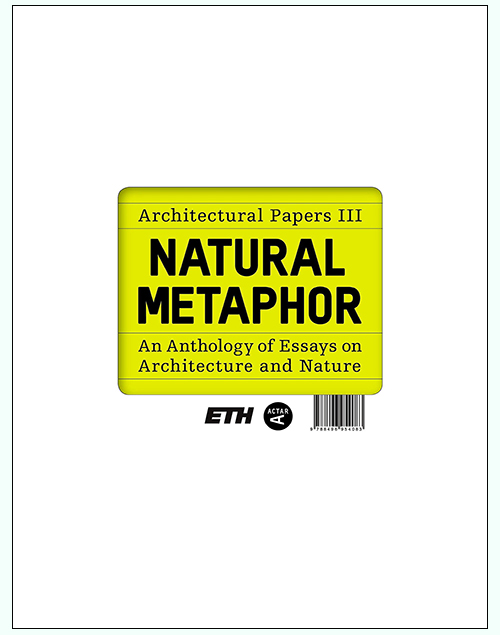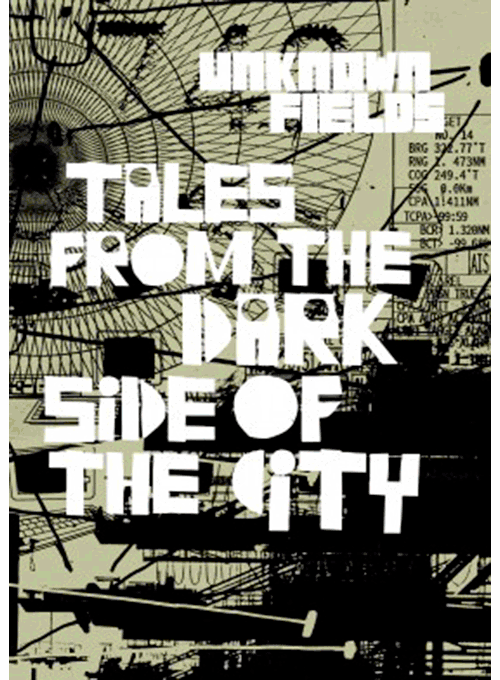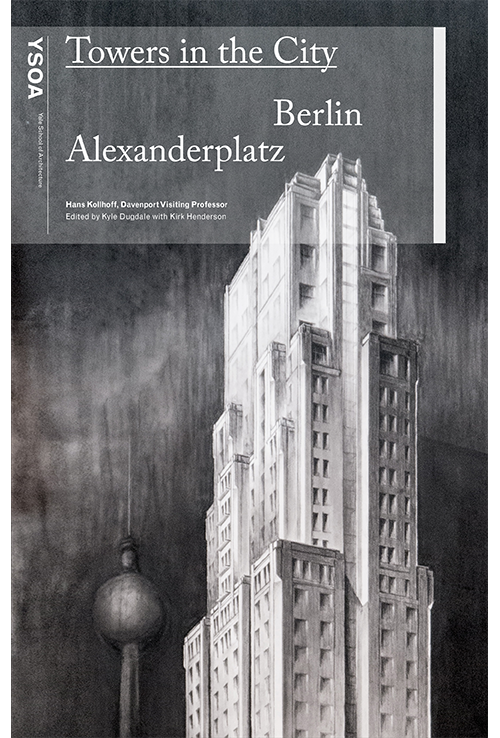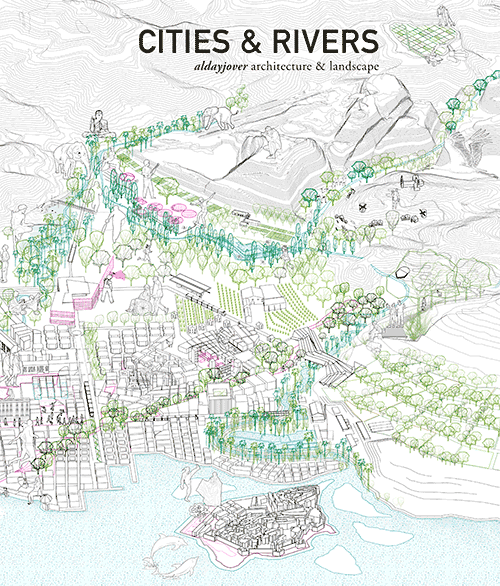
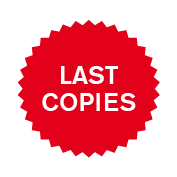
Cities & Rivers (ENG ED.)
aldayjover architecture and landscape
Iñaki Alday, Margarita Jover, Jesús Arcos, Francisco Mesonero
The architectural culture of Spain in the last 20 years of boom and bust has been an important incubator for a paradigmatic shift of vision in the profession, a process in which the architecture of Iñaki Alday and Margarita Jover, with their firm aldayjover architecture and landscape, has played a pioneering role.
Taken as a whole, aldayjover's work demonstrates the importance of understanding architecture in all its facets, from building design to landscape and territorial planning, as a unified cultural and a technical discipline that is capable of addressing complex problems in holistic terms. During the years of the icon builders, the cultural dimension of architecture was seen chiefly as a question of individual creative expression, of a personal poetics or sensibility, which was invested in the built object as if it were a work of art. aldayjover's role, in contrast,
50,00€
Buy Ebook 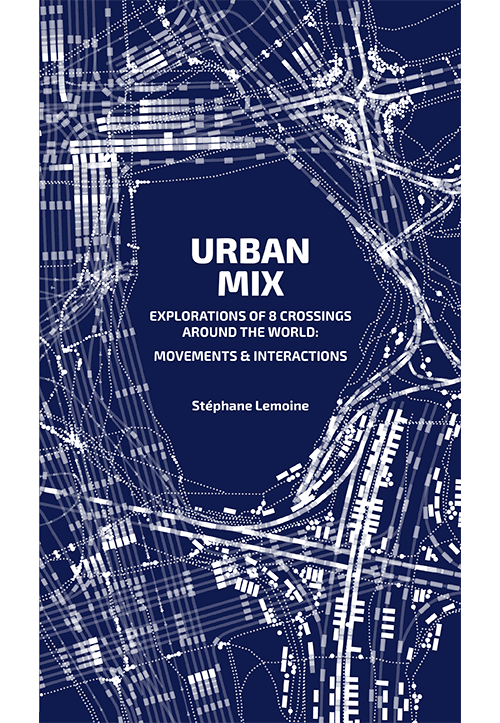

Urban Mix (ENG ED.)
Explorations of Eight Crossings Around the World: Movements & Interactions
Stéphane Lemoine / AP5
Mobility questions our ways of inhabiting the city. They are attached to multiple social approaches, constrained by the geography of the city and linked to the available energies. However, their deployments and their effects in the urban space remain little studied as an everyday experience. The frequentation of the city is mainly observed as a saturation or an animation and in an abstract and numerical way. But what is the nature of the movements in the cities, the daily life of more than half of the inhabitants of the planet? Resulting from a crossroads, the city has grown so much that we no longer look at how people meet in the central squares. What are the speeds, rhythms, interactions, trajectories, specificities in an urban square?
Many data relate to flows, but most often with a finality on the speed
22,00€37,00€
Buy Ebook 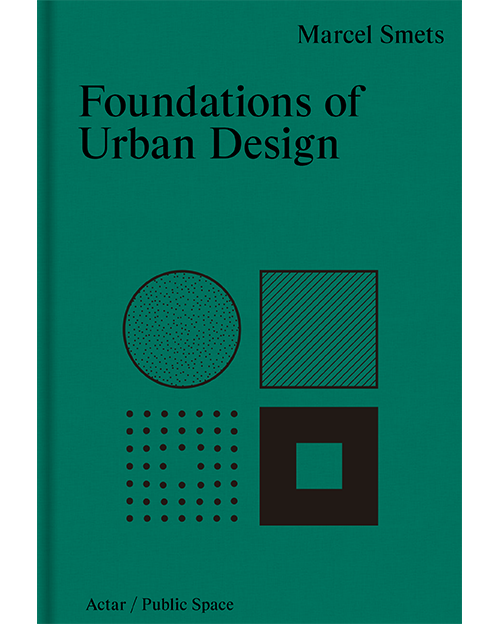
Foundations of Urban Design
Marcel Smets
The book is structured into twenty-nine essays, each dedicated to a pair of urbanistic concepts. Discussing historical and contemporary, interpretive and designerly approaches to urbanity, the notions composing the 29 pairs relate dialectically, as theses-and-antitheses. Still, we are warned, ‘the presented antagonisms are not a priori in opposition, but rather complementary.
“With this book, Marcel Smets not only offers an inspiring vocabulary to describe the spatial features of the city but, above all, a unique dictionnaire raisonné to discuss past and future interventions in our largest man-made artefact.”
Tom Avermaete, Chair for the History and Theory of Urban Design, ETH Zürich.
Smets’ fundaments may be likened to emblems. A Renaissance genre, proliferating before the Industrial Age, emblems are complex knowledge repositories, their meaning emerging at the intersection – but not as ‘sum’ of – a title, a text and an image. The paired titles, the written analysis, alternating abstractions and historic references,
35,00€
Buy Ebook 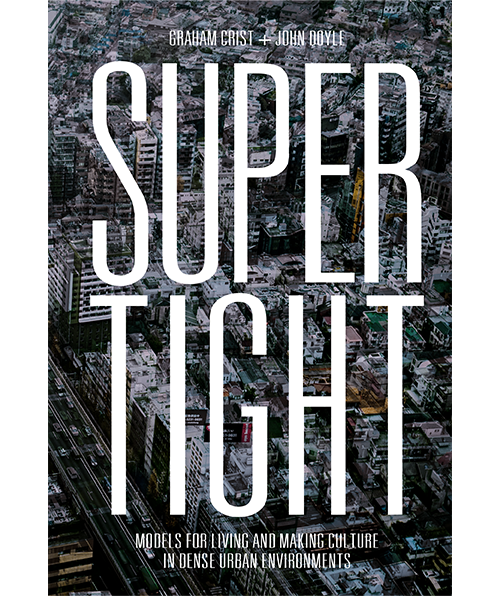
Supertight
Models for Living and Making Culture in Dense Urban Environments
Graham Crist & John Doyle
The rapidly growing large cities of Asia are critical to understanding our future footprint. Asian cities provide insights into new ways of being densely urbanised. The by-product of this unprecedented metropolitan convergence will be the emergence of new urbanisms and new architectures, new models for living and making culture.
The Supertight refers to the small, intense, robust and hyper-condensed spaces that emerge as a by-product of extreme levels of urban density. Tightness arises as consequence of density, but tightness itself is not density. Tightness is a series of social, economic and cultural practices that have developed in cities as a response to the rapid growth and consolidation of cities. While architectural models of density have been heavily explored, this project investigates the culture of tightness that has emerged in Asian cities over the past thirty years, and the
42,00€
Buy Ebook 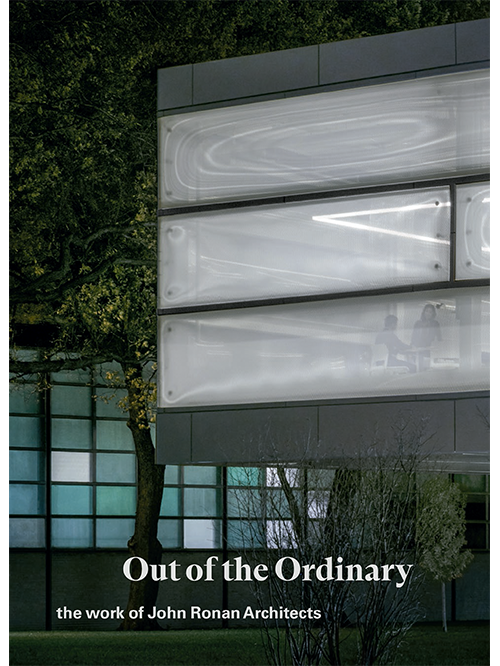
Out of the Ordinary
The Work of John Ronan Architects
John Ronan
In previous decades, architectural production was constrained by the limits of technology; architects pushed on the boundaries imposed by technology and it gave them common purpose. Those limits are gone. Over the preceding two decades it has been demonstrated that with enough technology (and money) anything is possible. What does an architect do when anything is possible?
This is the question which confronts architects today, who now operate within a professional landscape where all is possible, but little has meaning. The “anything goes” mentality which currently prevails has resulted in innumerable self-referential “object” buildings which engage only with their architect’s ego, often resulting in an urban fabric of autonomous formal objects comprised of arbitrarily-applied design tropes which celebrate formal invention for its own sake. But what do architects leave society once the novelty of form has worn off?
In this architectural age of arbitrary shape-making, devoid
47,00€
Buy Ebook 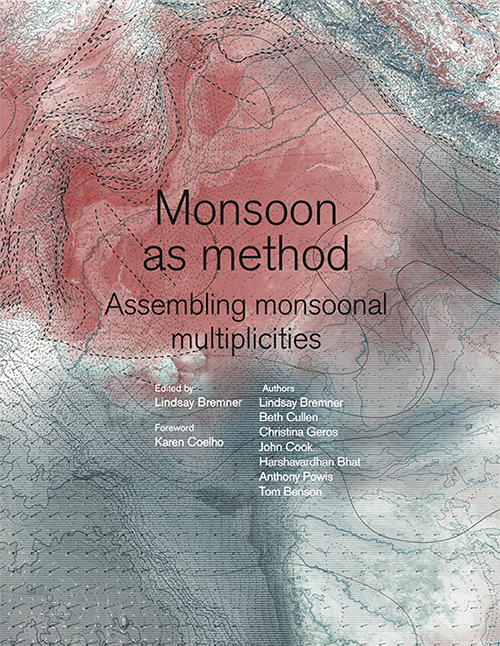
Monsoon as Method
Assembling Monsoonal Multiplicities
Lindsay Bremner, Beth Cullen, Christina Geros, Harshavardhan Bhat, Anthony Powis, John Cook, Tom Benson
The book presents the methods that Monsoon Assemblages has evolved for engaging the monsoon, a globally connected weather system, as a co-producer of urban life and space in South and Southeast Asian cities. It challenges views of climate as an inert backdrop to urban life, instead suggesting that it is materially and spatially active in shaping urban politics, ecologies, infrastructures, buildings and bodies. The book invites urban practitioners, from architects to policy makers, to think differently about space, time, representation and human and non-human agency. It offers intra-disciplinary, intra-active methods for rethinking human and non-human relations with weather in ways that meet the challenges of climate change and the Anthropocene.
Foreword by Karen Coelho.
EBOOK EDITION
40,00€
Buy Ebook 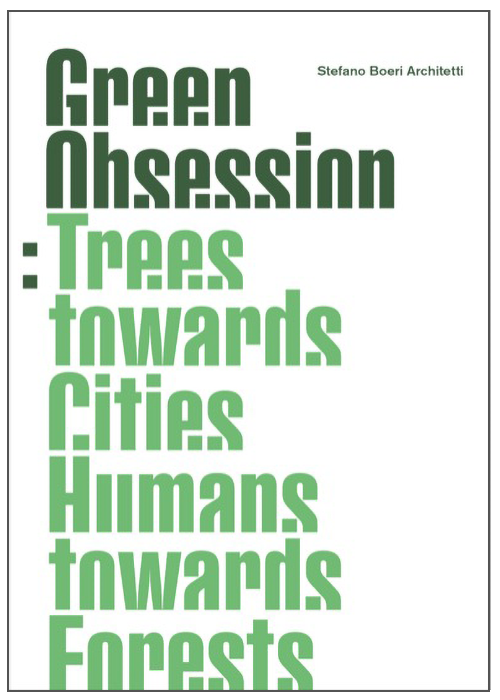
Green Obsession
Trees Towards Cities, Humans Towards Forests
Stefano Boeri Architetti
Cities have contributed for centuries to the promotion of some of humanity’s greatest ideas, we must now urgently include them as among the principal players in the environmental debate and at the forefront of any policy tackling climate change. Nevertheless, even today one of the most significant technologies capable of absorbing CO2 and restoring our environment is photosynthesis. Planting trees, in addition to protecting, restoring and managing existing natural areas and biodiversity, together with de-carbonization, renewable energies, digitalization, smart mobility and the circular economy could be the set of tools necessary to counter the climate crisis.
Today the effects of the Anthropocene age are ever more visible, changing our environment and affecting every species that lives within it. Green Obsession offers a path to be taken, a hard but still necessary paradigm shift –even for architecture and urbanism– that aims to give a voice to this much needed ecological transition. This book aims to unveil the processes and the complexity involved in the search for a new kind of
50,00€
Buy Ebook 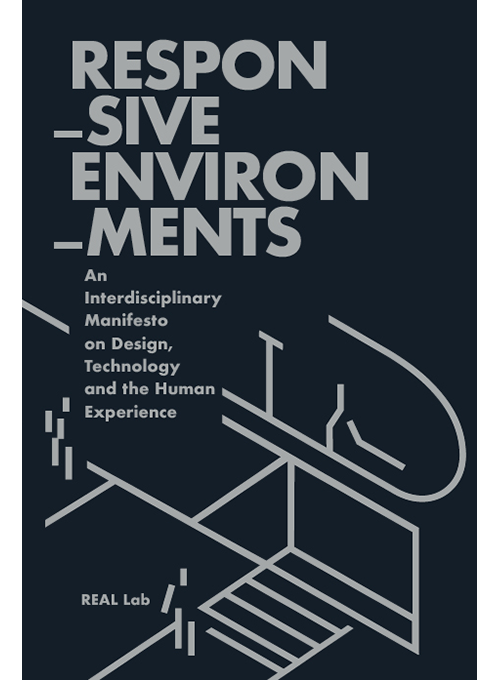
Responsive Environments
An Interdisciplinary Manifesto on Design, Technology and the Human Experience
Allen Sayegh, Stefano Andreani, Matteo Kalchschmidt
What makes an environment "responsive"? This book provides some key concepts in the form of a design manifesto. Critically articulated from the perspective of leading experts, scholars and professionals, the ideas explored are unpacked through speculative urban visions and design projects at different timeframes, contexts and scales ranging from interactive artifacts to augmented cities. Drawing from a multiyear research at the REAL Lab at Harvard GSD and design work by INVIVIA and other innovative practices, the book unfolds the experiential facets of our technologically-mediated relationship with space in the fields of architecture and urbanism, design and art.
With the collaboration of
the Harvard REAL Lab.
EBOOK VERSION
35,00€
Buy Ebook 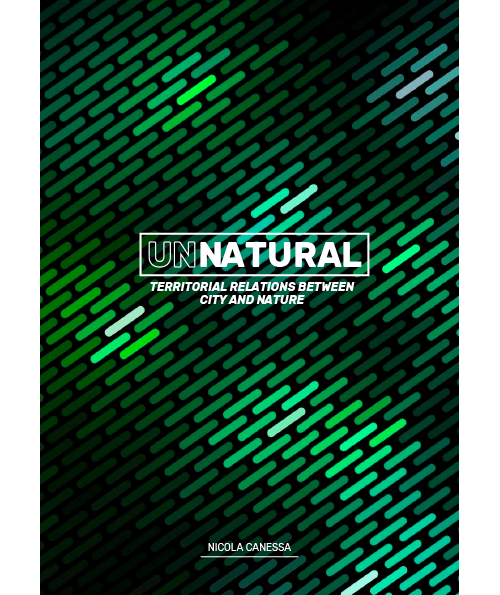
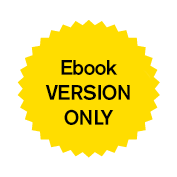
Unnatural
Territorial Relations between City and Nature
Nicola Valentino Canessa
The theme is increasingly important mini European cities where the urban transformations must be able to bring in nature, but it is also very interesting the relationship of new urban contexts those generated by new metropolitan areas that allow you to connect areas that were previously considered a "back" to the city.
The book is divided into two parts the first more theoretical with the story of these new territorial opportunities, the second part instead is more graphic that linked feeling of some projects developed within the courses of the thesis.
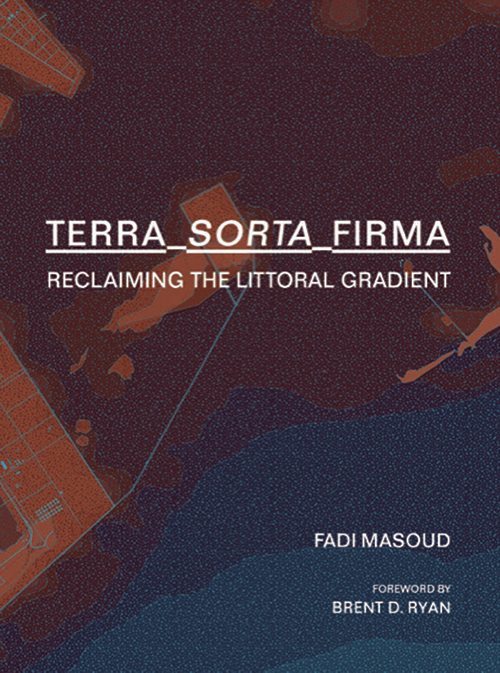
Terra-Sorta-Firma
Reclaiming the Littoral Gradient
Fadi Masoud
For centuries, cities have grown and expanded onto previously saturated grounds;"reclaiming" land from estuaries, marshes, mangroves, and seabeds. While these artificial coastlines are sites of tremendous real estate, civic, and infrastructural investments, they are also the most vulnerable to the effects of climate change.
Terra-Sorta-Firma documents the global extent of reclaimed coastal lands, and provides a framework for comparison across varying geographies, cultures, and histories. It renders visible the ubiquity and precarity of urban coastal reclamation in an age of increased environmental and economic indeterminacy. The five parts of the book question urbanism's political, economic, and physical binary relationship to wet and dry grounds in search of a new understanding of land in a state of permanent flux.
This book challenges designers, developers, policymakers, engineers, and urbanists to reconsider the design and construction of land itself, and to re-imagine this most fundamental of all infrastructures along a gradient
39,00€
Buy Ebook 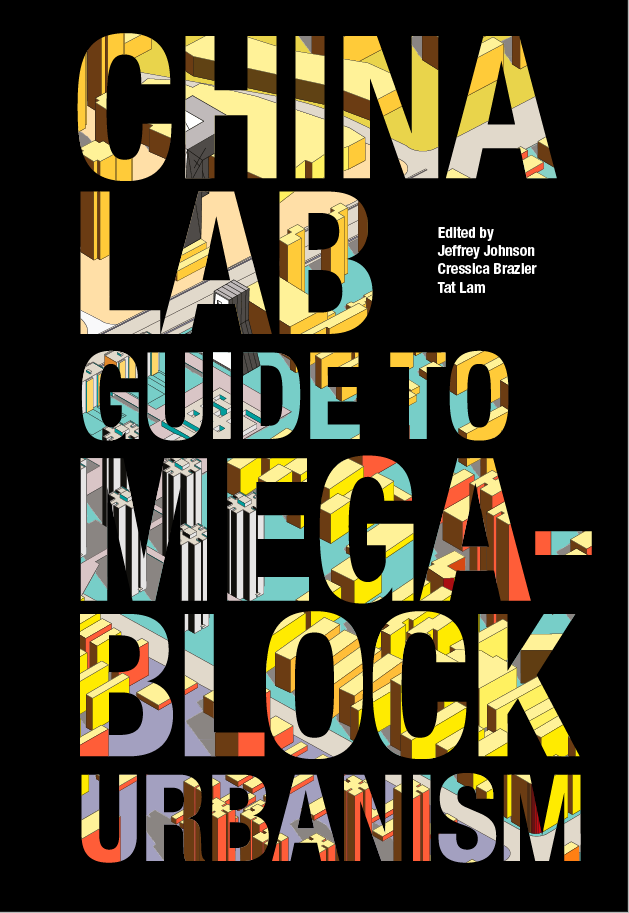
China Lab Guide to Megablock Urbanism
Jeffrey Johnson, Cressica Brazier, Tat Lam
Superblocks are the basic unit of China's urban development, but they are also spatial instruments with social, cultural, environmental, and economic implications, operating between the scales of architecture and the city. These redefined "Megablocks" then become laboratories for the consequences, opportunities, and potential global proliferation of Chinese urban models, reconsidered through the filters of ecology, economics, and ethics.
In The Guide to Megablock Urbanisms, the Columbia GSAPP China Lab aims to document a wider conversation on the policies and collective experiences of large-scale development and advances of China's urban future.
With the contributions of
Amale Andraos, David Bray, Eric Chang, Yung Ho Chang, Renee Y. Chow, Edward Denison, Duanfang Lu, Joris Fach, John Fitzgerald, Steven Holl, Michiel Hulshof, Jun Jiang, Clover Lee, Zhongjie Lin, Matthew Niederhauser, Xuefei Ren, Daan Roggeveen, André Schmidt, Grahame Shane, Jian Shi, Jiaming Zhu, Jianfei Zhu
"The megablock, a self-contained spatial unit, can become an
45,00€
Buy Ebook 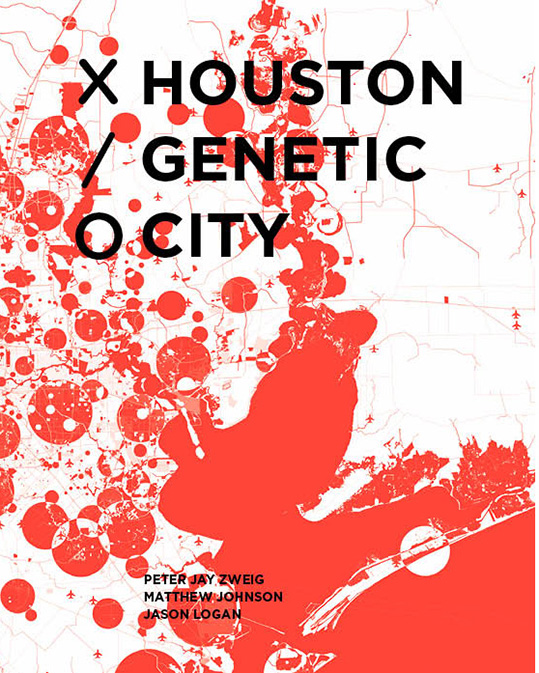
Houston Genetic City
Peter Zweig, Matthew Johnson, Jason Logan
No city in the United States is synonymous with unbridled growth and land speculation as the sprawling Texas city of Houston. Though Houston is described as a city, its massive size makes it regional or even megaregional in scale—including a patchwork of satellite downtowns and suburbs, a vast floodplain of bayous and coastal prairie, as well as a long stretch of Gulf Coast. This fragile landscape is increasingly beset by global problems, from flooding to rampant growth to congestion. Its lack of zoning means ad hoc developments scatter across the landscape with little formal planning, where urban developments are always provisional and negotiable.
Houston Genetic City is a collaborative and speculative book about Houston’s future, and by extension the future of urbanism in unplanned cities globally. Using maps, photographs, timelines, and collages, the book lays out the conditions for new urbanization in this fragile landscape. We
49,00€
Buy Ebook 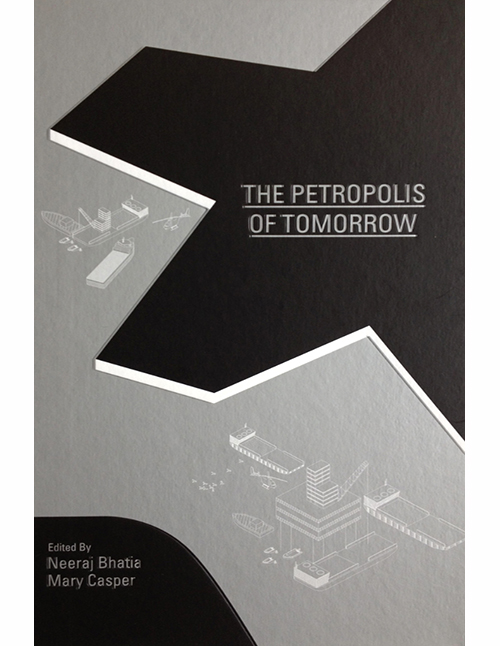
The Petropolis of Tomorrow
Neeraj Bhatia, Mary Casper
The Petropolis of Tomorrow examines the role of resource extraction infrastructure in the production of new forms of urbanism.
In recent years, Brazil has discovered vast quantities of petroleum deep within its territorial waters, inciting the construction of a series of cities along its coast and in the ocean. We could term these developments as Petropolises, or cities formed from resource extraction. The Petropolis of Tomorrow is a design and research project, originally undertaken at Rice University that examines the relationship between resource extraction and urban development in order to extract new templates for sustainable urbanism. Organized into three sections: Archipelago Urbanism, Harvesting Urbanism, and Logistical Urbanism, which consist of theoretical, technical, and photo articles as well as design proposals, The Petropolis of Tomorrow elucidates not only a vision for water-based urbanism of the floating frontier city, it also speculates on new methodologies for integrating infrastructure, landscape, urbanism and architecture within the larger spheres of economics, politics, and culture that implicate these disciplines.
EBOOK EDITION
29,50€
Buy Ebook 








